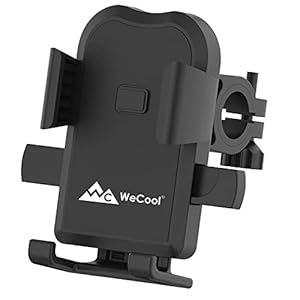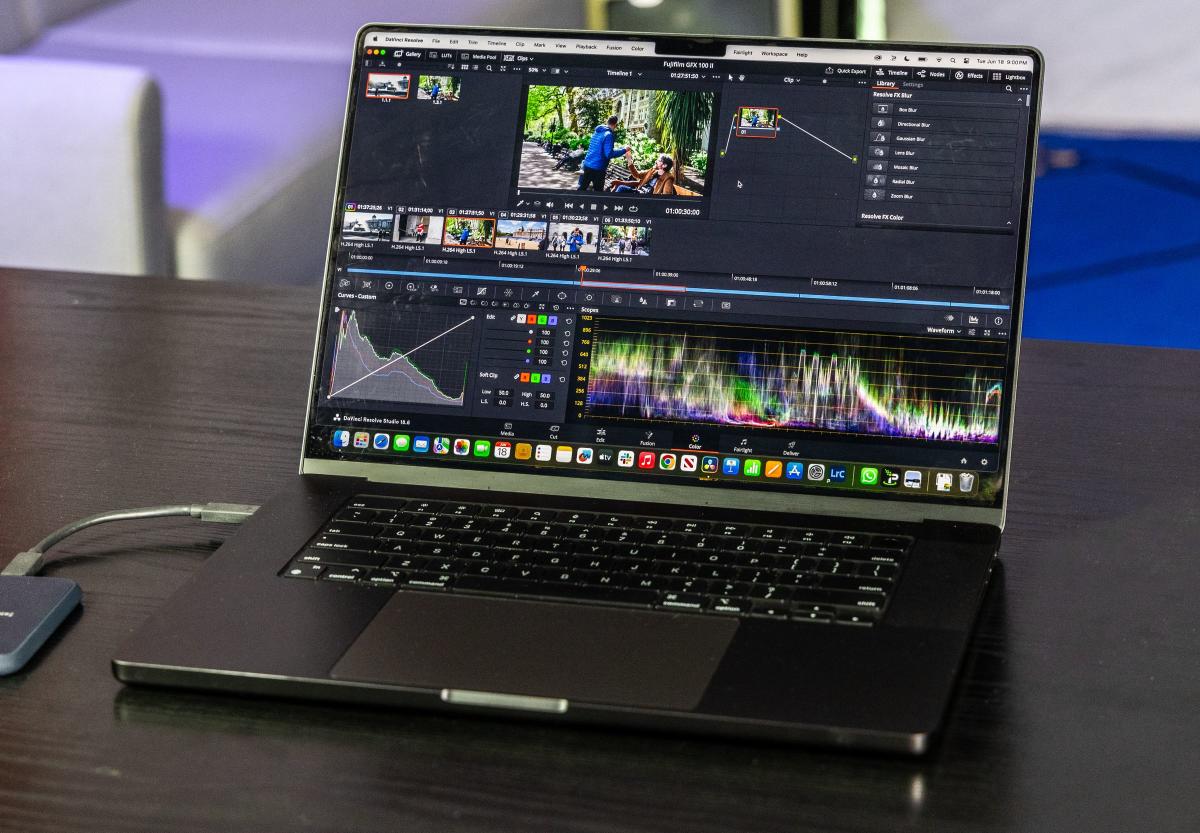
I’ve at all times been a PC man, even when different content material creators had been waving MacBooks round. I’ll state up entrance that I don’t sport, so the whole lot I do on a laptop computer revolves round video modifying. To deal with that, I exploit a high-end desktop Home windows machine at house and up until just lately had a Gigabyte Aero 15X laptop computer for video modifying on the go.
Then, the Aero 15X died. The keyboard stopped working and the Lightning port failed. I didn’t even actually mourn the loss — it was at all times noisy and scorching. Battery life was by no means nice, and to do any severe video work, I needed to plug it in with a comically massive and heavy energy brick.
Apple’s MacBook Professional M3 Professional is a superb content material creation machine.
It was time for a brand new laptop computer, however I had no intention of reliving my Gigabyte expertise. As a substitute, I needed a light-weight, highly effective and funky laptop with lengthy battery life. I wanted to edit 4K video on DaVinci Resolve whereas doing colour correction, in addition to including results and titles. I additionally do RAW photograph modifying, so I’d be utilizing Photoshop and Lightroom frequently, too.
I eyed a MacBook Pro M3, however figured it could be too costly. After checking, I used to be shocked to seek out that the hole between the worth of a new MacBook Pro and a Home windows laptop computer with related efficiency has been much less since Apple began utilizing its personal Silicon.
So I made the leap and bought a 16-inch MacBook Professional with an M3 Professional chip (12-core CPU and 18-core GPU), 36GB of RAM and 512GB of storage. From what I’d learn, that might be sufficient to deal with difficult edits. I paid $3,100 in Canada together with taxes, with the identical machine promoting for about $200 much less within the US.
I put my new MacBook to work straight away once I created a video evaluation of the Nikon Z8 whereas in Vancouver. Later, I edited a evaluation of the Fujifilm X100 VI in London and did a hands-on video for Panasonic’s S9 digicam from Japan. These tasks gave me a very good really feel for the MacBook’s efficiency, battery life and usefulness whereas on the highway.
Again at house, I used to be curious to match the MacBook to my desktop PC. Whereas not state-of-the-art, the latter nonetheless has spectacular specs with an AMD Ryzen 9 5900 12-core CPU, NVIDIA RTX 3080 Ti GPU and 64GB of RAM.
I exploit mirrorless cameras just like the Canon EOS R6 II and Panasonic’s S5 II, which output as much as 6K 10-bit 4:2:2 Log H.264 or H.265 Quicktime recordsdata. These codecs normally tax a pc’s processor and GPU, so I wasn’t anticipating real-time playback.
Nevertheless, I seen that I might easily play these video recordsdata in DaVinci Resolve on my MacBook Professional with no rendering or conversion required. I can’t try this on my well-specced desktop PC, so what was happening?
It seems that even current NVIDIA and AMD GPUs can’t decode lots of these generally used codecs in actual time, as methods integrator and benchmark specialist Puget Techniques revealed just lately. It’s doable with among the codecs (not H.264) on newer Intel CPUs with Fast Sync tech on DaVinci Resolve 18 Studio or later.
The flexibility to edit these recordsdata straight out of the digicam was a serious quality-of-life enchancment, because it eradicated a time- and storage-wasting step.
I additionally noticed real-time playback on my Mac in most circumstances with no rendering. That features sequences with 6K and 8K video, colour correction on most clips, titles, a number of layers, optical-flow time-warping and stabilization.
In distinction, my high-end desktop PC not solely requires me to transform my video recordsdata but additionally to allow timeline rendering, significantly with 6K or 8K video. Each of these issues take up time and might devour tons of of gigabytes of disc house.
Whereas the MacBook felt quick, I additionally needed to see the way it in comparison with my Home windows machine extra objectively. I used the PugetBench Creator benchmark suite, which compares efficiency between machines on generally used creator apps like Photoshop, Premiere Professional and Davinci Resolve.
Contemplating my PC didn’t carry out as nicely for video-editing, the outcomes shocked me. The MacBook Professional M3 did come out on prime in Photoshop assessments, garnering an total rating of 10,076 in comparison with 7,599 for my desktop PC. That’s largely as a result of superior M3 processor.
Nevertheless, my PC out-benchmarked the MacBook Professional for video-editing by a reasonably large margin, because of its quicker GPU. The Apple machine noticed an total rating of 4,754 on the Premiere Professional PugetBench assessments in excessive energy mode, whereas my PC hit 8,763.
There aren’t any public PugetBench assessments but for DaVinci Resolve, however Puget Systems’ own scores present that high-end PCs handily outperform high-end MacBook Professional fashions on that app. The PC is usually higher when working with RAW codecs and simply beats the MacBook Professional for GPU results, AI options and encoding to H.264 and H.265 codecs.
These outcomes present that benchmarks do not paint a full image. The relative energy of a pc will depend on what you’re doing with it, and in my case, the flexibility to edit sure video codecs with out rendering outweighed pure pace. Nevertheless, individuals who use extra results or work with ProRes or RAW codecs could also be higher off with a strong PC.
All that mentioned, loads of the stuff I hated about my Home windows laptop computer had nothing to do with efficiency. I used to be typically aggravated by my Aero 15X’s weight (when you embrace the facility brick), warmth, noise, construct high quality and comparatively ineffective trackpad.
Since I purchased the MacBook Professional 16, I’ve by no means felt it get overly scorching and the followers hardly ever kick in, even whereas modifying video. Against this, there’s not a single Home windows creator PC I’ve heard of that doesn’t generate extreme warmth and fan noise below intensive masses.
One other main bonus with the MacBook is that it gives the identical efficiency whether or not plugged in or not, however the identical can’t be mentioned for many PCs. Many throttle down when unplugged, considerably lowering efficiency.
If it’s worthwhile to edit on the go and don’t have entry to AC energy, the MacBook wins right here as nicely. Whereas modifying on DaVinci Resolve, it might probably go three to 4 hours on battery energy alone, triple what my Gigabyte laptop computer might do. And it takes the MacBook Professional simply 1.5 hours to get to a full cost, in comparison with round 2 hours minimum for Dell’s XPS 17 9730. It expenses significantly quicker, as nicely.
It’s additionally much less of a grunt to lug than my Aero was, because it weighs a much less and the charger is far lighter, too. Lastly, the trackpad is a lot better, to the purpose that I may even edit movies with no mouse, one thing I might by no means say with the Aero or another PC laptop computer I’ve owned.
Not all is ideal, as I dislike the webcam notch, however in any other case the MacBook Professional 16 M3 is ideal. Because it stands now, Home windows laptops utilizing Intel and AMD silicon may be capable to match it in efficiency, however they lag far behind in effectivity. That will change with the new Qualcomm laptops or NVIDIA’s upcoming 5000-series GPUs, however for now, Apple’s merchandise are onerous to beat for touring content material creators like me.
Trending Merchandise



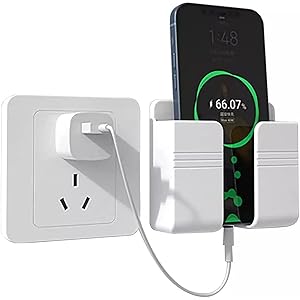
![CRATIX 360°Rotatable and Retractable Car Phone Holder, Rearview Mirror Phone Holder [Upgraded] Universal Phone Mount for Car Adjustable Rear View Mirror Car Mount for All Smartphones](https://m.media-amazon.com/images/I/410N7NZtIjL._SS300_.jpg)
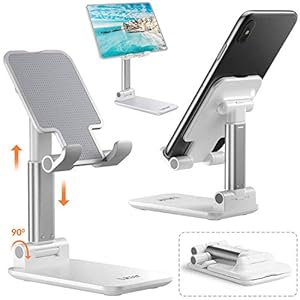
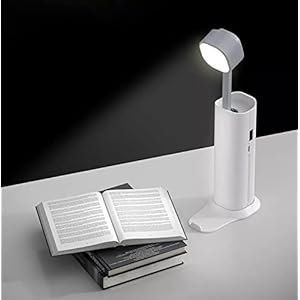


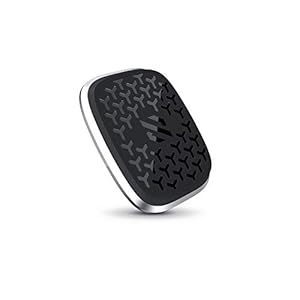
![Car Phone Holder Mount, [Military-Grade Suction & Super Sturdy Base] Universal Phone Mount for Car Dashboard Windshield Air Vent Hands Free Car Phone Mount for iPhone Android All Smartphones](https://m.media-amazon.com/images/I/51KK2oa9LDL._SS300_.jpg)
